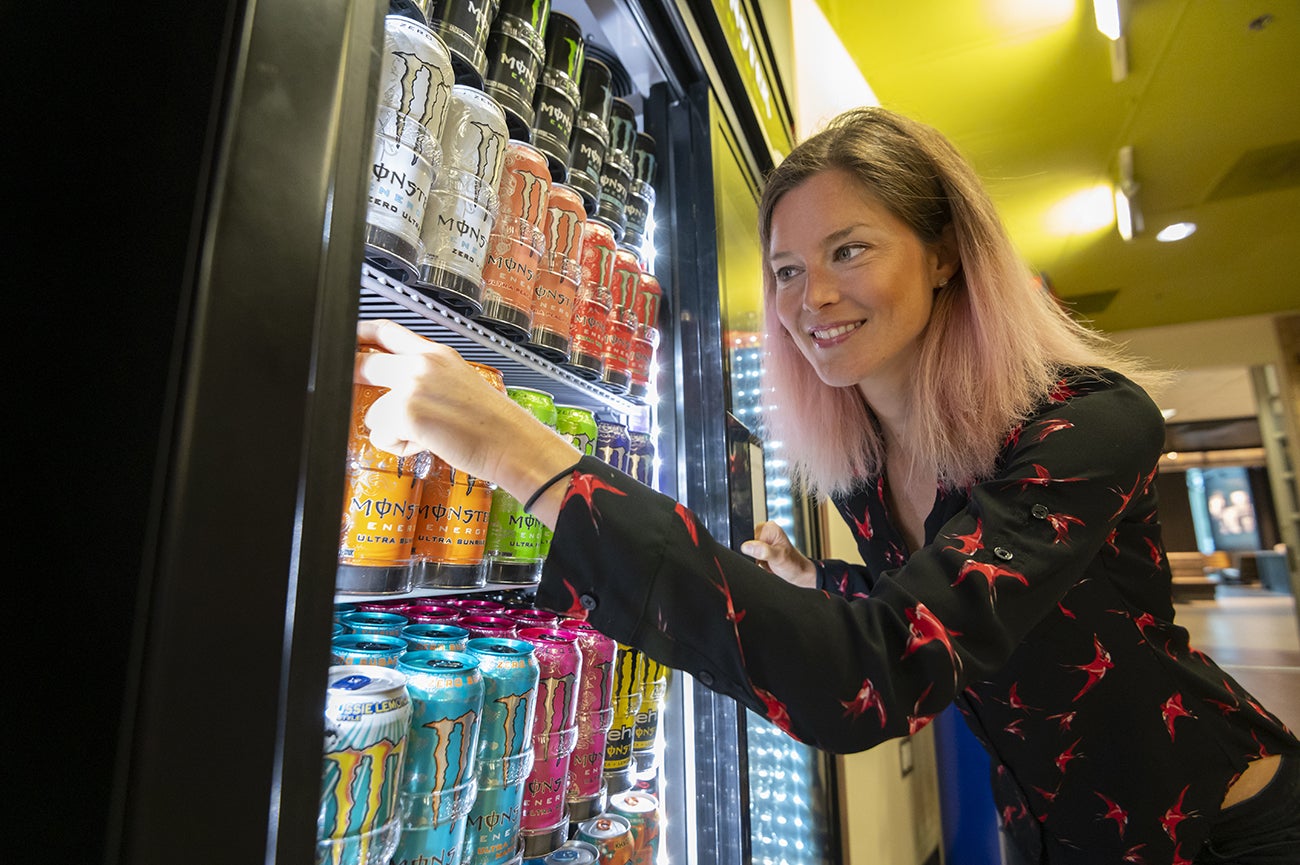
Young adults are barraged by choices that they are facing for the first time. And in a highly connected, social media-driven world, the often conflicting information they see may not be rooted in fact. So how do these teenagers weigh and ultimately make decisions?
Some teens are more likely than others to buy into the recent craze around vaping, or take brain-enhancing drugs (nootropics). According to recently published research, teenagers who feel ambivalent towards risky products or habits are more likely to take interest in them. But the researchers may have discovered the answer to handling this ambivalence.
Boise State College of Business and Economics faculty member Anne Hamby and colleague Cristel Russell of Pepperdine University are intrigued by the concept of ambivalence. It’s a topic that can be difficult to research, but as they discovered in this study, it has more weight than people might realize.
“When people hear the word ambivalence, I think they think it means neutral, and it doesn’t. It actually means the coexistence of positive and negative sentiment,” Hamby said.
Russell and Hamby conducted six individual studies to assess the effect of ambivalence on consumption including a survey of French and American teens to gauge their judgments about multiple risky products and behaviors. In another study, the team analyzed teens’ reactions to a set of specially commissioned social norm campaigns, or Tik-Tok-style videos that touted both positive and negative elements of the risky product in the style of current social media influencers. According to this research, more ambivalent teenagers were impressionable and receptive to the information in the social norm campaigns, to the point that higher levels of perceived norms enhanced their likelihood of engaging with those risky products.
“We also did an interesting eye-tracking study, where we looked at what parts of a product webpage ambivalent people paid more attention to. And we found that the more ambivalent people paid more attention to the positive characteristics associated with the product,” Hamby said.
The Institut National du Cancer in France supports this research with a grant, as vaping becomes more popular (and health outcomes more concerning) for teens in that country.
“The motivation for this research initially came from trying to find ways to discourage unhealthy consumption of substances amongst teens,” Russell said. “We found in this research that teens are ambivalent about vaping but also sensitive to norms (what others do) and this could become a lever that we can use to limit the likely adoption of vaping behavior. I hope that policy makers will take note and learn that social norms campaigns like the one we used in this research can really limit the adoption of substances.”
— By Brianne Phillips
Support the College of Business.
Inspired by this story? Let's chat!
-

Perrine Blakley
Senior Director of Development
-
